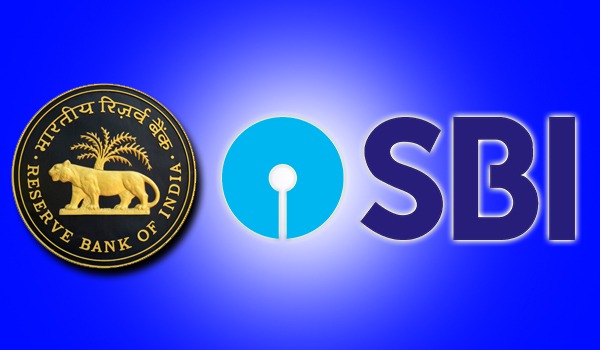The Reserve Bank of India’s (RBI) latest surplus transfer has provided a significant fiscal cushion for the government, offering an additional Rs 70,000 crore in spending flexibility for FY26. This unexpected windfall stems from the RBI’s record dividend payout of Rs 2.69 lakh crore, surpassing budget estimates and creating new opportunities for economic management.
Key Developments
- The RBI’s dividend transfer marks a 27.4% increase from the previous year, driven by strong foreign exchange gains and rising interest income.
- India’s foreign exchange reserves peaked at USD 704 billion in September 2024, enabling the central bank to stabilize the rupee through large-scale dollar sales.
- The RBI has prudently increased its Contingent Risk Buffer (CRB) to 7.5% of its balance sheet, ensuring financial stability while maintaining a generous dividend payout.
Fiscal Implications
- The Union Budget 2025-26 had anticipated Rs 2.56 lakh crore in dividends from the RBI and public sector financial institutions. With the RBI alone exceeding this estimate, the fiscal deficit could ease by 20 to 30 basis points, potentially bringing it down to around 4.2% of GDP.
- Alternatively, the government could utilize the surplus for additional spending, boosting infrastructure, welfare programs, or economic stimulus measures.
Liquidity and Market Impact
- The RBI’s surplus was influenced by its liquidity adjustment facility operations, which shifted from absorption mode in mid-December 2024 to injection mode by March 2025.
- Durable liquidity is expected to remain in surplus throughout FY26, supported by continued open market operations, balance of payments surplus, and the dividend itself.
- Liquidity metrics indicate a core liquidity surplus of Rs 4.9 lakh crore by the end of May 2025, bolstered by the dividend and currency withdrawals.
Sources: BusinessWorld, Financial Express, Business Standard, Economic Times BFSI

